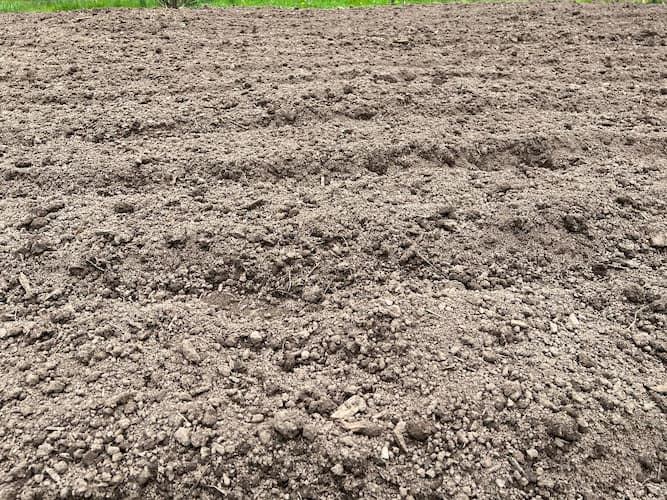Fall and Winter Cover Crops for Home Gardens

About Cover Crops for Home Gardens
In the fall, after the harvest is gathered and the farm field is plowed, the soil is susceptible to erosion. Continual, yearly farming of the field takes nutrients from the soil. Rainfall further leaches nutrients out of the soil. Wind and runoff from heavy rains and snowmelt, often result in soil erosion. Planting a winter cover crop is a farming technique to reduce, offset, and eliminate these threats to the farm field. As a home gardener use this agricultural technique to benefit your home garden, too.
Plant cover crops in the fall, to reduce or minimize soil erosion and/or improve the soil. They benefit the home gardens in the same ways that it does on the farm. Early in the spring, till or turn over the garden. The now dead plants decompose and release their valuable stash of nutrients in time to feed your new garden crop.
Benefits of Crop Rotation
Crop rotation minimizes or eliminates soil erosion. The root system of cover crops holds the soil in place. Wind cannot pick up soil and blow it away. Runoff from heavy spring rain and snowmelt has a harder time eroding the soil.
The plants replenish soil nutrients. Ideally, use plants that are high in nitrogen and other essential soil nutrients and micro-nutrients. These plants offer an organic way to replenish and enrich your garden soil. You’ll need fewer chemical fertilizers, and save money, too!
They improve the garden tilth, the physical condition of the soil. For sandy soils, the plants provide organic material, improving soil texture and improved water retention. When working into heavy clay soils, the organic content of cover crops helps to loosen up the soil, making it easier for roots to penetrate.
New crops can follow the “root map”. The root system of the cover crop can provide channels for new crops to send roots deeply into heavy soils. Of course, this benefit is negated if you till the soil, before planting crops.
In warmer regions, some cover crops can also produce vegetables. For example, beans grown as a cover crop can be harvested for consumption.
The growth of pesky weeds is minimized. A cover crop allows fewer places for aggressive weeds to take hold.
Plants Grown as Cover Crops
By definition, cover crops are any plants grown to help improve or retain the soil. Technically, this means you can use any plant. However, some plants are better than others. Of important note, select annual plants. When they are tilled into your garden soil, they won’t grow back to choke out your garden plants. Some plants return a higher amount of nutrients, especially nitrogen to the soil.
Cold weather plants are also preferred, as they will grow the best in fall and winter (depending upon your region) weather.
The best cover crops are:
- Clover – Crimson clover is one of the best cover crops.
- Hairy Vetch, is an excellent choice.
- Cereal grains
- Annual Ryegrass – grows well in cool weather
- Legumes work well to “fix” nitrogen in the soil. They include beans, peas, and soybeans.
Did You Know? As an alternative, use mulch in the home garden, to provide many of the same benefits as a cover crop. More on Garden Mulch.
Related Articles
People who like this article will also like:
Winter Gardening – There are gardening tasks you can perform in the winter.
Improving Garden Soil – Fall is a great time to improve your soil. Find out how.
Please support our site. Shop for:
- rmmatthews100@hotmail.com
- 585-721-6528
- Rochester, NY
©1999-2024 GardenersNet.Com, All Rights Reserved

